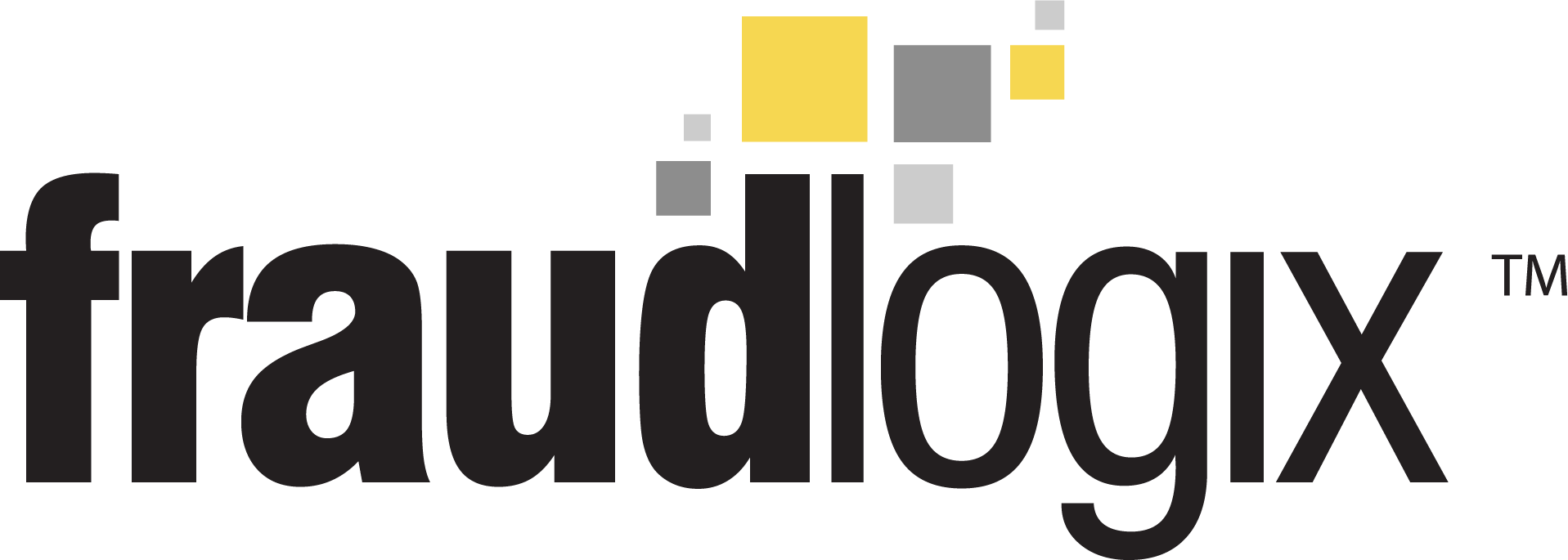Ad injection and ad stacking are two common methods used in ad fraud, where fraudulent actors manipulate online advertising to make money through deceitful means.
Ad injection is the process of adding unwanted or unauthorized ads to a website without the knowledge or consent of the website owner or the users visiting the site. This can be done through a variety of methods, including browser extensions, malware, and rogue software. These ads can be displayed in various forms, such as pop-ups, banners, or overlays, and can redirect users to malicious or unwanted sites.
Ad stacking, on the other hand, is the practice of placing multiple ads on top of each other on a website, creating a layered effect. This can be done by placing multiple ad tags on a single web page, or by using a single ad tag that calls multiple ads. The result is that users are unaware that they are viewing multiple ads and are more likely to click on them. This technique can be used to increase the number of ad impressions and clicks, leading to increased revenue for the fraudsters.
Both ad injection and ad stacking can have serious consequences for both advertisers and users. Advertisers may lose money as their ads are displayed on unauthorized sites or may be out of their control. Users may also be affected as they are exposed to unwanted or malicious ads, which can lead to security risks or other problems.
To avoid falling victim to ad fraud, it is important to be aware of these techniques and to take steps to protect yourself. This includes using reputable ad networks, being cautious when downloading browser extensions or software, and keeping your computer and browser up to date with the latest security patches.



